Recognizing the Types of Aggression
Before you even think about bringing another dog home, it’s crucial to understand what kind of aggression you’re dealing with.
Aggression isn’t just “meanness.” It’s usually rooted in fear, stress, frustration, or learned habits. Knowing your dog’s triggers will determine whether a new companion is realistic — and how carefully you’ll need to manage the process.
Here’s how behavior experts in 2025 classify the main aggression types and what each one means for your introduction plan:
1. Predatory Aggression (Do Not Attempt Introductions)
This is instinct-driven behavior aimed at chasing and harming smaller animals or fast-moving dogs. It’s not about dominance — it’s prey drive.
If your dog fixates, stalks, or lunges with no warning toward other animals, they should remain the only pet in the home.
Even experienced trainers agree: this kind of aggression can be managed but not safely cured in a multi-dog home.
2. Territorial Aggression
This form appears when a dog feels the need to protect their home or yard. Barking, growling at the window, or lunging near the fence are common signs.
A new dog can be seen as a “trespasser,” so introductions must happen off your property — ideally at a neutral park or training space.
💡 Pro Tip: Once the dogs meet calmly away from home, reintroduce them inside the house only after several positive sessions.
3. Possessive or Resource Guarding Aggression
Dogs with this trait guard food, toys, or even people. You’ll notice stiff posture, hovering, or growling if anyone approaches their “stuff.”
While intimidating, this aggression is often the easiest to manage through training — by feeding separately, removing triggers, and teaching “trade” or “drop it” cues.
🩺 Vet Tip: Stress hormones can spike in dogs with chronic resource guarding. Calming supplements or pheromone diffusers can help reduce arousal during training.
Our Favorite Calming Supplement
Best CBD Oil Supplement for Dogs
Vet Naturals Hemp & Hips quickly delivers a CBD richer in joint-supporting cannabinoids and terpenes, easing joint pain and anxiety in as little as 10 minutes. The 100% naturally organic blend is formulated by vets and Made in the USA.
4. Fear or Anxiety-Based Aggression
This is one of the most misunderstood forms. Fearful dogs don’t want to bite — they’re trying to make scary things go away.
They might freeze, growl, or snap when cornered or overwhelmed. These dogs can learn to accept new dogs if the introduction is slow, structured, and positive.
💡 Pro Tip: Use distance as your friend. Don’t force contact. Allow your fearful dog to choose when to get closer.
5. Dominance or Status-Related Aggression
Modern trainers now view this less as “alpha behavior” and more as frustration or control-seeking.
These dogs want clear boundaries and consistency — not punishment. They can live peacefully with another dog if the new dog is calm and not pushy.
🩺 Vet Behaviorist Note: Pairing two dominant dogs is risky without professional supervision. Opposite temperaments (assertive + submissive) work best.
Bottom line: Not all aggression means a dog can’t have friends — but it does mean you need a customized plan. If your dog’s aggression has ever caused injury, work with a certified behavior consultant (IAABC or CCPDT) before trying any introductions.

Decide If Introducing a New Dog Is Wise Right Now
Here’s the truth no one likes to admit: not every dog is ready for a roommate.
Adding a second dog to a home with aggression issues can either help your dog grow—or make things exponentially worse.
Before you start planning that adorable “first meet,” take a moment to evaluate whether your current dog is truly ready for this step.
Ask Yourself These Key Questions
- Has your dog ever caused injury?
Even one serious bite or fight means you need professional help before any introduction.
If your dog has drawn blood from another animal, stop here and call a certified behaviorist. - Can your dog calm down quickly after triggers?
If it takes hours for your dog to settle after seeing another dog, they’re still emotionally reactive—not ready for house sharing. - Do you have time for training and management?
Adding a dog isn’t a shortcut to “fixing” reactivity. It means more structure, walks, and close supervision for months. - Is your home set up for separation and control?
You’ll need baby gates, crates, and separate feeding zones for weeks (sometimes months) until trust develops. - Do you have support?
A qualified trainer or behavior consultant can make or break success. Look for IAABC, CCPDT, or KPA-certified professionals.
🩺 Vet Behaviorist Insight: Dogs who display chronic aggression often benefit from a combination of behavior modification and calming support, such as nutraceuticals (Zylkene, L-theanine, or CBD under vet guidance). A calmer baseline makes introductions safer and more successful.
Choosing a Compatible New Dog
If you’ve decided your current dog is ready for a friend, the next step is finding a match made in harmony — not havoc.
The right personality pairing can make all the difference between peaceful coexistence and constant tension.
Here’s how to stack the odds in your favor:
1. Match Temperament Over Breed
Forget stereotypes about breeds — focus on personality compatibility.
A relaxed, social dog pairs better with a nervous or reactive dog than another excitable one.
Look for:
✔ Calm, non-confrontational dogs
✔ Solid social skills with other dogs
✔ No history of resource guarding or bullying
✔ Adaptable temperament
💡 Pro Tip: If your current dog is reactive, aim for a “chill” dog who doesn’t push boundaries. Shelters often have temperament-tested dogs that meet these criteria.
2. Consider Size and Energy Level
While big/little pairings can work, it’s safer to choose dogs of similar size and play style to prevent injury.
If your current dog is high-energy or physically rough, avoid fragile or toy-sized breeds.
Likewise, if your current dog is older or anxious, a calm, lower-energy dog can be a great balance.
🩺 Vet Tip: Mismatched energy can lead to stress and resentment. Senior or low-activity dogs may develop pain-related reactivity if constantly pestered by a bouncy youngster.
3. Choose the Right Sex and Spay/Neuter Status
Old advice suggested always pairing opposite sexes, but modern research focuses more on compatibility and training than gender alone.
That said, avoiding two intact males or two unspayed females still helps reduce hormonal tension.
✔ Spayed female + neutered male often works best.
✔ Two females are the riskiest pairing (especially if both are dominant).
✔ Age gap matters too — a mature, confident dog can mentor a younger, calmer one.
4. Use a “Foster-to-Adopt” Trial Period
If possible, arrange a foster meet-up before committing. Many shelters and rescues offer “sleepovers” or “trial weekends” to test compatibility.
This gives you a chance to see real interactions under controlled conditions, without the pressure of permanence.
💡 Pro Tip: During the trial, monitor both dogs’ body language — relaxed tails, play bows, and shared sniffing = progress. Growls, hard stares, or lip curls = pause and reassess.
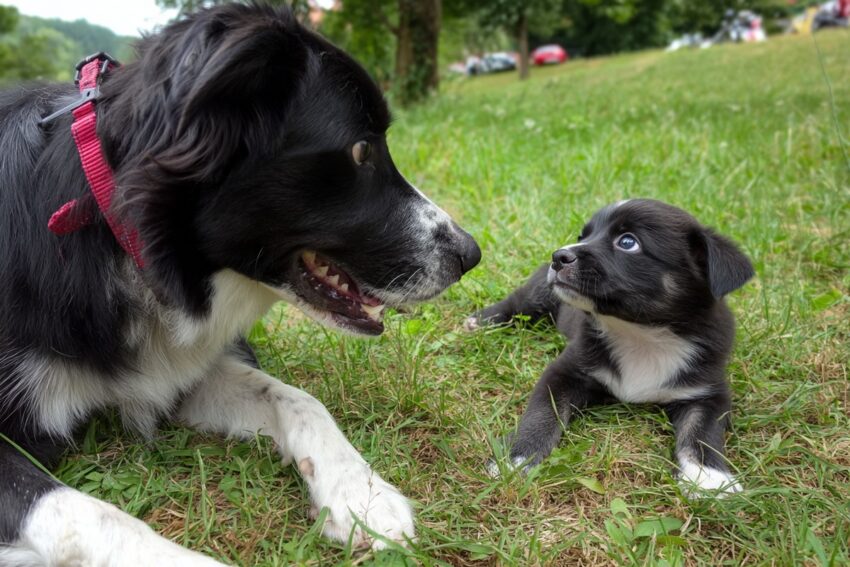
Step-by-Step Introduction Plan
Introducing a new dog to an aggressive or reactive dog is not a one-day process — it’s a gradual journey of trust-building.
Each step should feel boring. That’s actually the goal — no drama, no excitement, just calm familiarity.
Here’s how to do it right:
Step 1: Choose Neutral Territory
Never introduce the dogs at your home — that’s your resident dog’s turf.
Pick a neutral, quiet location like a calm park or training facility where neither dog feels ownership.
💡 Pro Tip: Avoid busy dog parks. Controlled space is key — overstimulation or chaos can make reactive dogs regress instantly.
Step 2: Use the Parallel Walk Method
This method is now the go-to standard for safe introductions.
Start by walking both dogs parallel to each other but on opposite sides of the street, keeping about 30–40 feet between them.
- Keep loose leashes (tight tension increases anxiety).
- Walk in the same direction so they focus forward, not on each other.
- If either dog fixates, sniff the ground, change direction, or increase distance — avoid direct stares.
Trainer Tip: Look for soft body language — relaxed tails, open mouths, wagging hips, and curiosity instead of stiffness.
Step 3: Reward Calm Eye Contact
Whenever your dog glances at the new dog calmly — even for a second — mark and reward.
You’re teaching: “Seeing that dog = good things happen.”
This positive association rewires the emotional response from “threat” to “reward.”
Use high-value treats like boiled chicken or freeze-dried liver. Timing matters more than quantity — reward within one second of the calm glance.
Step 4: Take Visual Breaks
Every few minutes, use obstacles (cars, bushes, benches) to break line-of-sight.
These “visual resets” help reactive dogs decompress and prevent overexposure.
Think of it like hitting a reset button before things escalate.
💡 Pro Tip: Slow progress is real progress. You can stay at this stage for multiple sessions if your dog needs it.
Step 5: Gradually Close the Distance
Once both dogs are walking calmly near each other for multiple sessions, slowly reduce distance by a few feet at a time.
End each walk before either dog gets agitated — always leave on a good note.
After several successful sessions, you can allow quick, sniff-based greetings (3 seconds max) and calmly call them away.
🩺 Vet Behaviorist Note: A tight leash or sudden yank can spark defensive aggression. Keep movements relaxed and predictable.
Step 6: Controlled Home Introduction
When both dogs have shown relaxed body language on neutral ground, you can introduce them inside.
- Remove all toys, chews, and food bowls before entry.
- Keep leashes loose but attached for easy separation.
- Let the new dog enter first, then allow the resident dog to explore on their own terms.
- Keep sessions short and supervised — 10–15 minutes tops at first.
If either dog freezes, growls, or shows stiffness, calmly separate and restart at an easier stage.
Step 7: Build Positive Routines
Consistency is your secret weapon.
Do shared walks, short parallel play, and joint training sessions to build teamwork.
Feed separately, offer individual rest spaces, and monitor closely for the first few weeks.
💡 Pro Tip: Use calming aids during this phase — pheromone diffusers, classical music, or a calming wrap like the ThunderShirt can help keep stress low.
Thundershirt Classic Dog Anxiety Jacket
ThunderShirt is light-weight, breathable, and machine washable, fit for all climates and lifestyles. It is easy to use; simply fasten the straps around your dog’s neck and torso to apply gentle calming pressure: No training required
We earn a commission if you make a purchase, at no additional cost to you.
Home Management & Ongoing Monitoring
The first few weeks at home are the real test — this is when even calm dogs can clash. Stay proactive with structure and supervision.
Separate During Key Times
Use gates, crates, or closed doors during feeding, sleeping, or unsupervised moments.
Each dog needs personal space to decompress and feel safe.
💡 Pro Tip: Rotate yard or play access at first, then gradually extend shared time.
Manage Food, Toys & Attention
Feed in separate areas and remove toys or chews unless you’re watching.
Even friendly dogs can guard when stressed — prevention is easier than correction.
🩺 Vet Note: Resource guarding is instinct, not defiance. Manage it; don’t punish it.
Watch for Early Warning Signs
Separate calmly if you see:
- Staring or stiff posture
- Blocking access
- Growling or “freezing”
Redirect with a command like “let’s go,” and create space before tension builds.
Keep Minds Busy
Enrichment curbs frustration. Try sniff walks, puzzle feeders, or frozen Kongs — but always use them separately at first.
Delay Unsupervised Time
Even if things look great, don’t leave them alone together for several weeks. Slow trust-building prevents major setbacks.
Bottom line: Structure = safety. Consistency and calm routines keep both dogs confident and relaxed.

When to Call a Professional (and What Success Really Looks Like)
Some dogs need more help than home training alone can provide — and that’s okay. If your dog’s aggression feels unmanageable, don’t push through it solo.
When to Bring in a Pro
Call a certified trainer or behaviorist (CCPDT, IAABC, or KPA) if:
- Your dog has bitten or drawn blood.
- Tension escalates despite slow introductions.
- You feel unsafe or anxious during interactions.
💡 Pro Tip: Look for trainers who use force-free, positive reinforcement — not dominance-based methods.
What “Success” Actually Means
A peaceful home doesn’t mean your dogs cuddle on day one. It means:
✔ They coexist calmly.
✔ You can redirect or separate them easily.
✔ Stress levels stay low and predictable.
Some dogs may never be best friends, but mutual respect and safety are still a win.
Success isn’t perfection; it’s stability. With structure, patience, and professional support when needed, even a reactive dog can learn to live peacefully with a new companion.




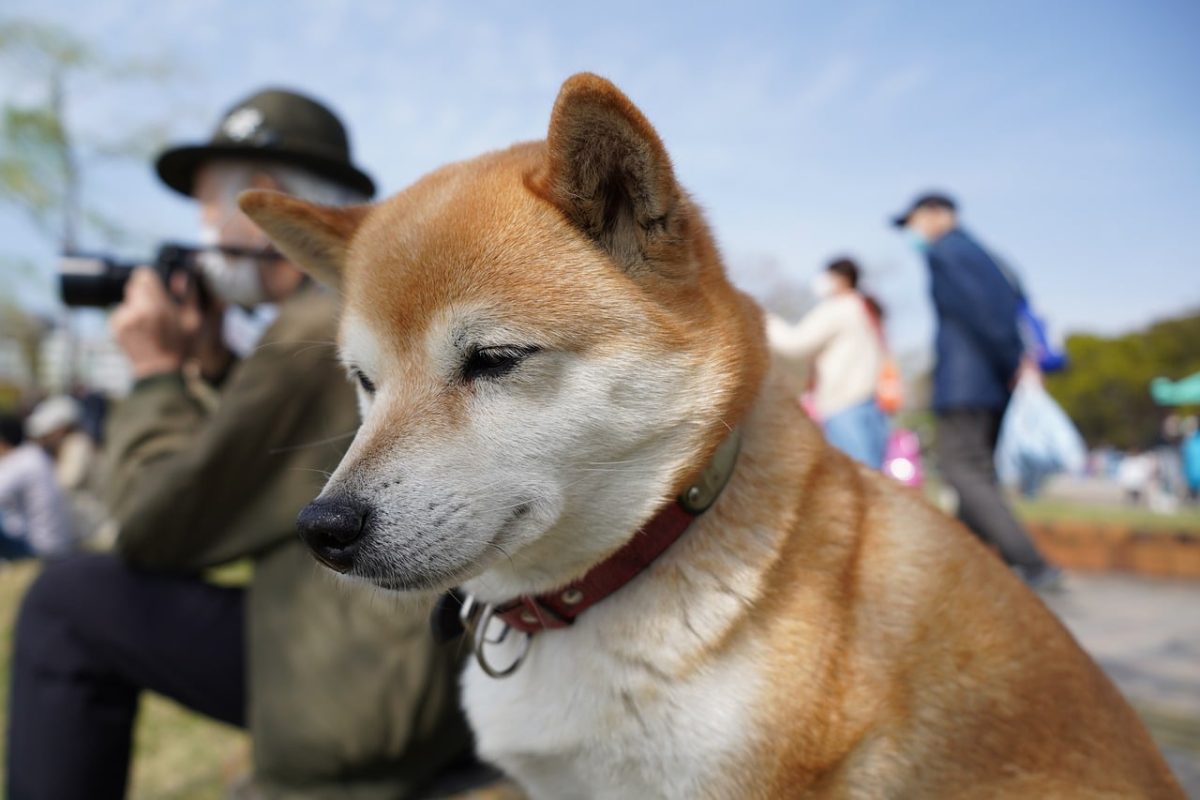



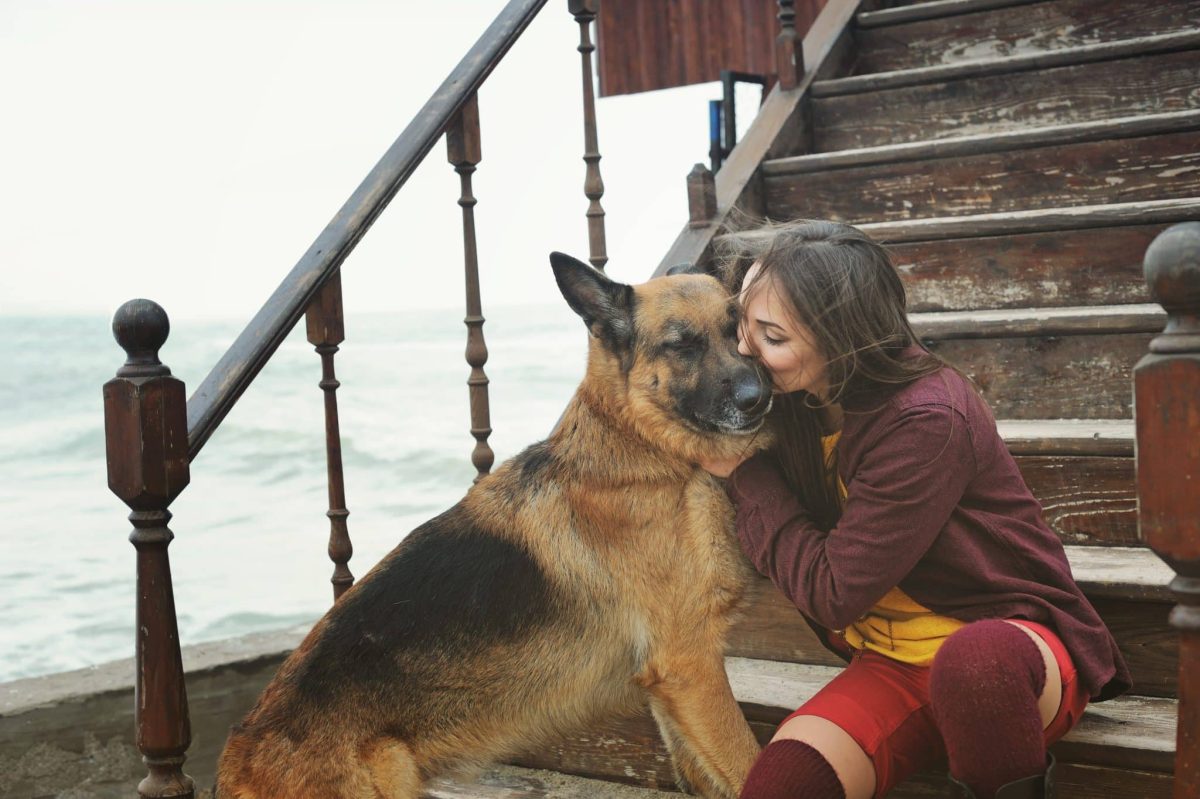


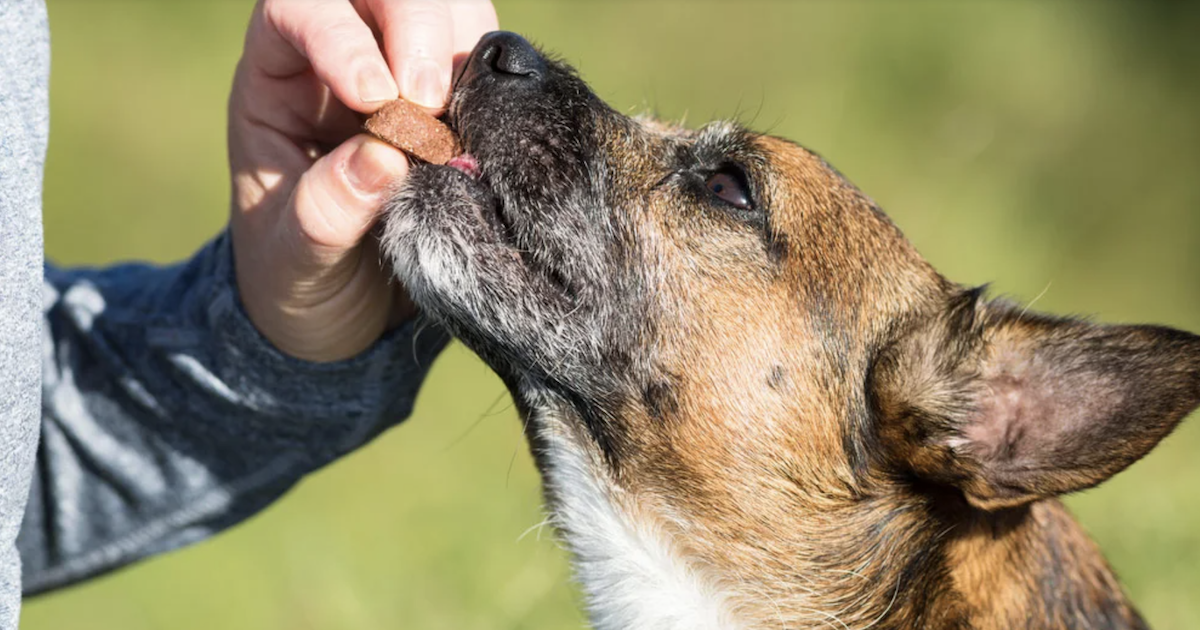

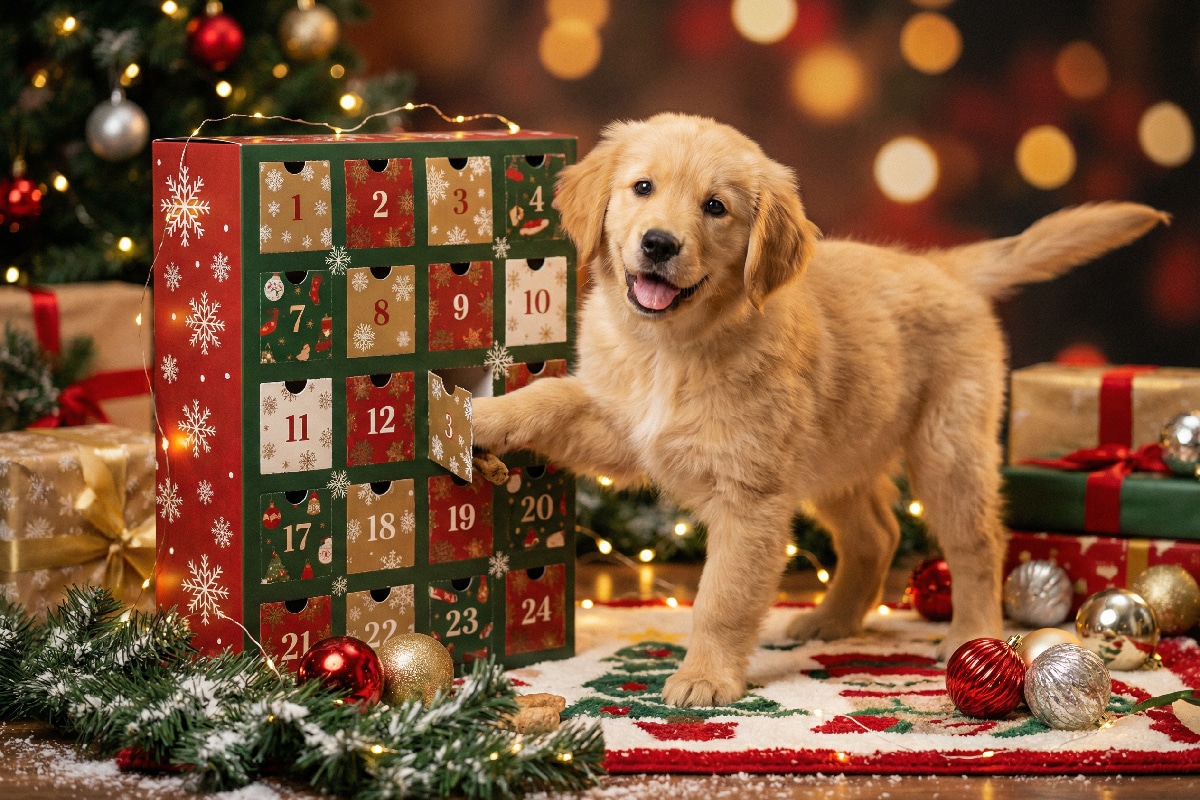



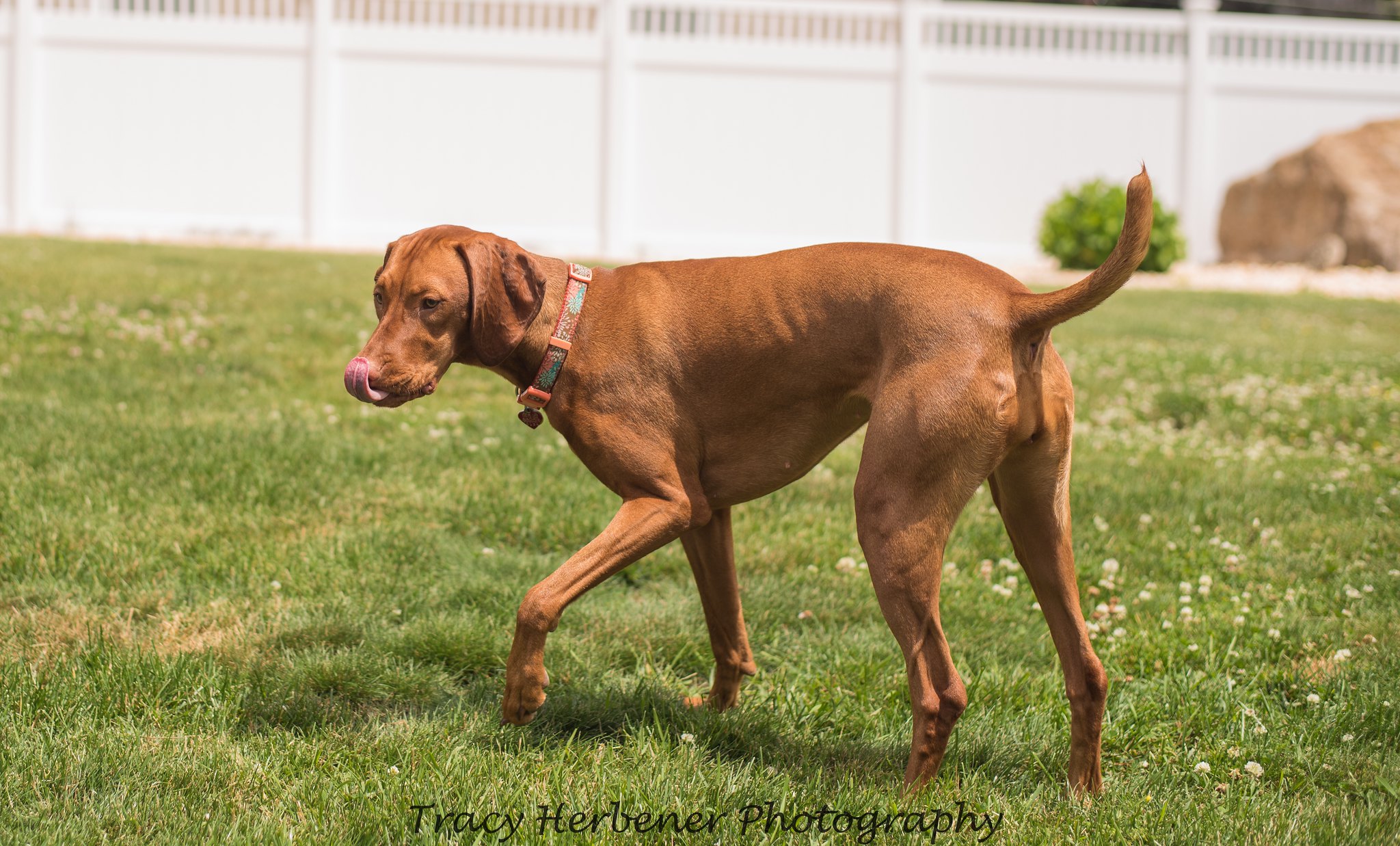
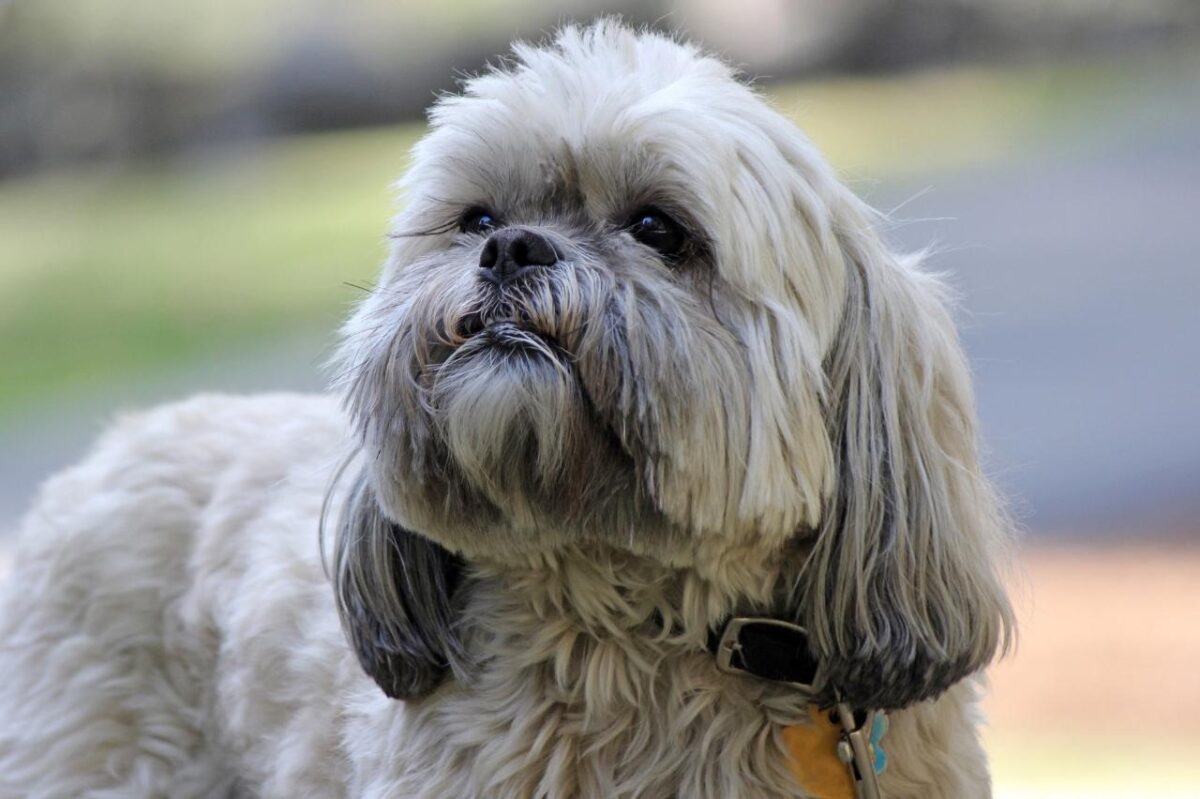

 English (US) ·
English (US) ·